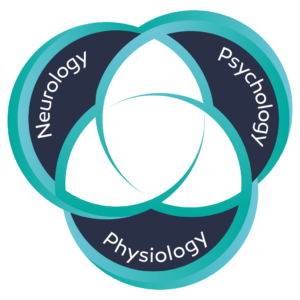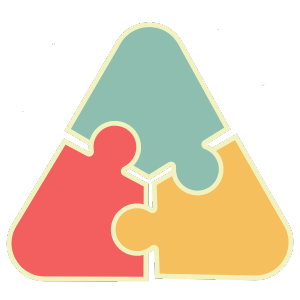Have you ever felt like you’re stuck in an endless loop of pain, stress, and frustration? You’re not alone. For many, chronic pain isn’t just a symptom—it’s part of a cycle fueled by an overstimulated nervous system. This cycle, known as a feedback loop, can keep you trapped, but it can also be reversed. Let’s explore how feedback loops work and how to shift them from detrimental to beneficial.
What is a Feedback Loop?
In simple terms, a feedback loop is a cycle where the output of a system influences its input. Think of it like a snowball rolling down a hill—each rotation adds more snow, making the snowball grow larger. In the case of chronic pain, this snowball effect happens in your nervous system.
The Detrimental Feedback Loop
Here’s how the cycle typically works:
1. Trigger: Your brain perceives a threat—this could be physical discomfort, emotional stress, or even a memory.
2. Stress Response: Your nervous system releases chemicals like cortisol and adrenaline to prepare for survival (fight, flight, freeze, or fawn).
3. Increased Sensitivity: These chemicals heighten your nervous system’s sensitivity, amplifying pain signals.
4. Reinforcement: The amplified pain signals confirm your brain’s perception of danger, keeping the loop going.
This cycle can persist even when the original trigger is gone, leaving your body stuck in a state of heightened sensitivity and chronic pain.
How Feedback Loops Impact Chronic Pain
The detrimental feedback loop is a self-perpetuating cycle that:
– Increases pain intensity and frequency.
– Keeps your nervous system in survival mode, preventing healing.
– Fuels emotional distress like anxiety, depression, and frustration, which further amplifies the loop.
The good news? Just as this cycle can perpetuate pain, it can also be reversed to promote healing.
The Beneficial Feedback Loop
A beneficial feedback loop works in the opposite direction, calming your nervous system and reducing pain. Here’s how it works:
1. Cues of Safety: You engage in activities or practices that signal to your brain and body that you’re safe.
2. Healing Chemicals: Your nervous system responds by releasing calming chemicals like serotonin, endorphins, and oxytocin.
3. Reduced Sensitivity: These chemicals lower your nervous system’s sensitivity, reducing pain and stress.
4. Positive Reinforcement: The relief you feel reinforces the sense of safety, keeping the loop going.
Over time, this beneficial loop can become your new default, allowing your body to heal naturally.
Shifting the Cycle
Here are some practical steps to move from a detrimental to a beneficial feedback loop:
1. Practice Mindfulness: Techniques like meditation, deep breathing, and body scans help ground you in the present moment and reduce stress.
2. Engage in Gentle Movement: Activities like yoga, walking, or stretching signal to your body that it’s safe to relax and heal.
3. Create a Supportive Environment: Surround yourself with calming cues—whether it’s soft lighting, soothing music, or a supportive community.
4. Focus on Gratitude: Shifting your focus to positive experiences helps counteract the brain’s natural negativity bias, supporting the beneficial loop.
What Comes Next?
In the next blog post, we’ll introduce the Trinity Healing Method—a holistic approach that integrates neurology, psychology, and physiology to help you establish and sustain beneficial feedback loops. This method is the key to transforming your relationship with chronic pain.
Healing doesn’t happen overnight, but every small step matters. Start by noticing your current feedback loops and experimenting with small changes to shift the cycle. Remember, your body is designed to heal—it just needs the right conditions.
Ready to take the next step? Explore tools like our free *Sleep* eBook or the Overactive Nervous System Quiz to begin your journey.





